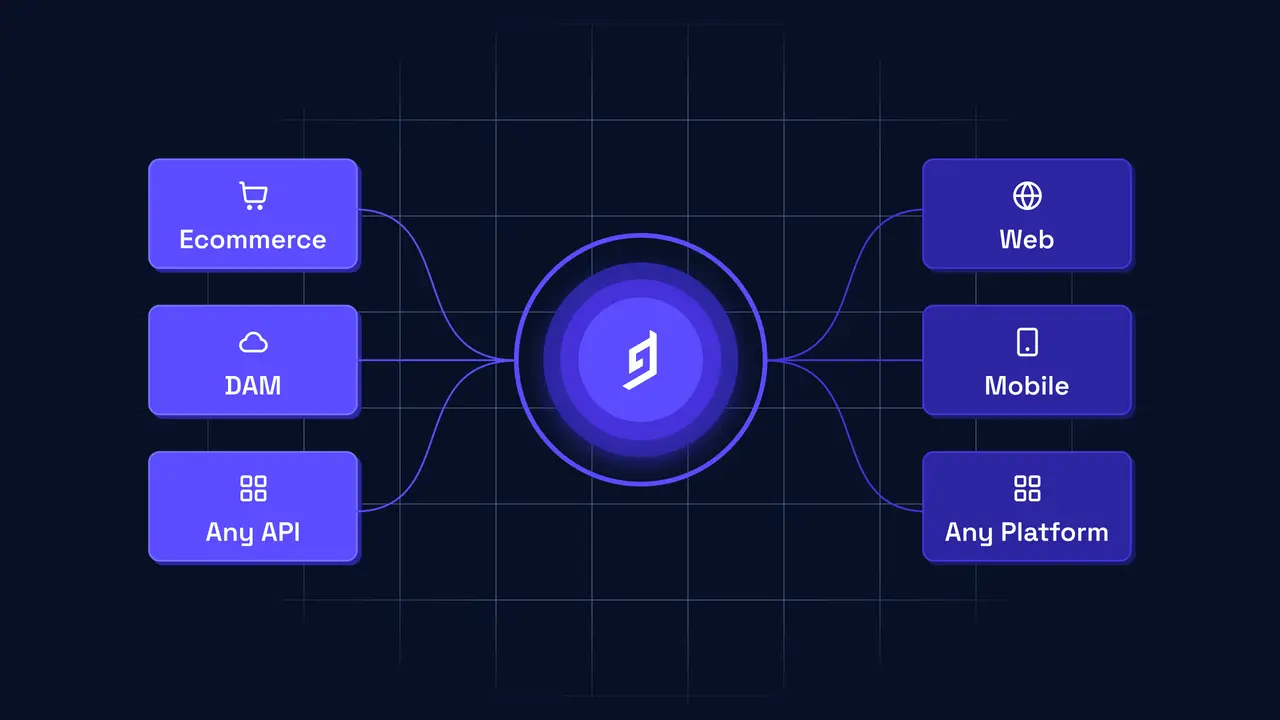One of the most excellent threats companies and individuals face is cybersecurity threats. As we become more dependent on digital resources and the variety of such resources slowly saturates the landscape, companies, and businesses face a broader scope of cyberattacks at their disposal that can result in detrimental damage. A distributed denial of service (DDoS) attack is among the most common and disruptive threats. However, grasping the threat landscape and deploying strong protection strategies, such as a reliable DDoS mitigation solution, is vital to securing online assets and maintaining stable service. This article highlights key cybersecurity risks and some best practices to prevent attacks.
The Rising Threat of DDoS Attacks
By flooding the target or the surrounding infrastructure with Internet traffic, a distributed denial of service (DDoS) assault aims to maliciously prevent a targeted network, service, or server from functioning normally. These assaults are usually launched from many hacked computers or devices, which are subsequently exploited as a botnet.
Although DDoS attacks are not new, they have become more sophisticated and extensive in scale. They aim to make a website or service unavailable to users, typically to extort money, harm reputations, or distract from other, more nefarious behaviours.
How DDoS Attacks Can Disrupt Business Operations
DDoS attacks can lead to various outcomes, from slight service disruptions to total shutdown of operations. Some of the most prevalent are:
- Loss of Revenue: The financial consequences can be considerable when an online service or e-commerce platform drops. For companies whose web traffic brings in sales, even a slight increase in downtime could cause a substantial loss.
- Brand Reputation Damage: Repeated downtime can harm a company’s reputation. This can hurt long-term relationships because customers might lose faith in the reliability of the service.
- Data Breaches and Other Attacks: DDoS attacks can help hide other, more nefarious actions, such as stealing sensitive information or exploiting system weaknesses.
Defending Against Cybersecurity Threats
A strong cybersecurity strategy is needed to defend against every type of cyberattack. One of the most integral facets of protection is DDoS mitigation, but not to disregard the other measures. Here are a few key elements:
1. Mitigating DDoS Attacks
As DDoS attacks become more common and advanced, organisations need to think about targeted solutions to mitigate this kind of threat. They’re aimed at large-scale attacks that seek to knock out server resources and make services unreachable.
Mitigation tools are usually deployed on-premises or over the cloud. The on-premises type protects at the network level, while the cloud-based services absorb attack traffic on their infrastructure and cannot reach the server target.
The DDoS mitigation solution enables real-time traffic analysis and automated prevention of malicious traffic from reaching the service. Speed is essential to counter these attacks effectively before lasting damage is done.
2. Network Security
Network security is the first step in protecting against all kinds of cyberattacks. These systems can prevent unauthorised entry and malware transmission and propagation.
Network segmentation is additionally an important practice. By segmenting critical systems, companies can reduce the scope of a breach or an attack. This also means that one part of the network can be compromised while others are not vulnerable.
3. Endpoint Protection
Endpoint protection matters in today’s mobile and cloud world. As employees access company systems using various devices, the bubble against malware, phishing, and unauthorised access expands exponentially! Both require endpoint protection solutions, such as anti-malware software, encryption tools, and mobile device management (MDM) solutions, to help prevent unauthorised access to sensitive data.
4. Employee Awareness and Training
The human component is still one of the most fragile links in cybersecurity. Cybercriminals commonly employ phishing emails, social engineering and other techniques to manipulate weaknesses in human behaviour. Employee training programs on identifying phishing attempts and the best practices for protecting sensitive company information can go a long way.
Advanced Threat Detection Systems
Machine learning and artificial intelligence (AI)-based threat detection technologies help detect and prevent new and emerging threats. These systems can track data traffic patterns over time and identify anomalies, taking action before a cyberattack manifests. Using artificial intelligence, businesses can identify new and advanced tactics that traditional security methods would usually overlook.
Incident Response and Recovery Plans
Despite the best preventative measures, no system is completely hack-proof. This is why you need an incident response plan. These plans detail the response actions to be taken once an attack is detected and the containment, eradication, and recovery steps.
An adequately prepared team can respond efficiently and quickly, minimising downtime and damage. Clear communication channels, dedicated response teams and current backups are critical to recovery. The quicker a company recovers from a breach, the less damage is done.
The Importance of Ongoing Monitoring and Updates
There’s no such thing as a one-time cybersecurity solution. It needs ongoing scrutiny, investigation, and refinements to remain ahead of emerging dangers. As referenced in many points herein, this case was an anomaly, and as cyberattack methods evolve, so should defence strategies. Thus, you must continuously patch your organisation, do regular software updates, and monitor networks in real time to protect your systems.
Conclusion
Cybersecurity is not a one-and-done process, and businesses need a holistic approach to shield them from constantly evolving threats. Every second spent waiting for some submerged detail to emerge can mean a time of vulnerability for an organisation. Still, organisations can better respond to a cyberattack by being aware of what may be at stake and creating a holistic response strategy comprising strong network defence, endpoint protection, employee webinars and real-time monitoring for detection. However, by taking proactive measures, businesses can safeguard their assets, reputation and customers from the increasingly wide range of threats in the digital landscape.










